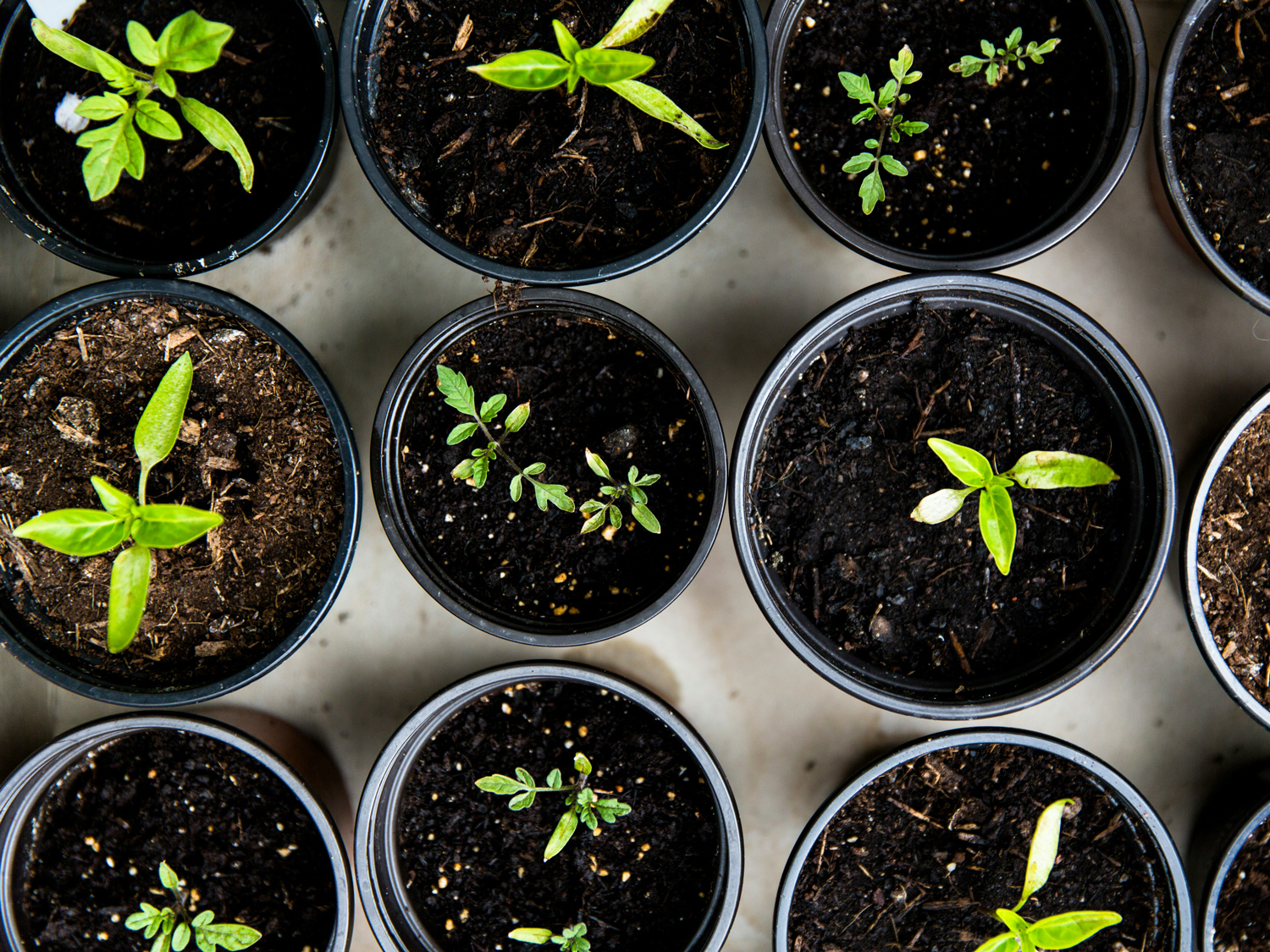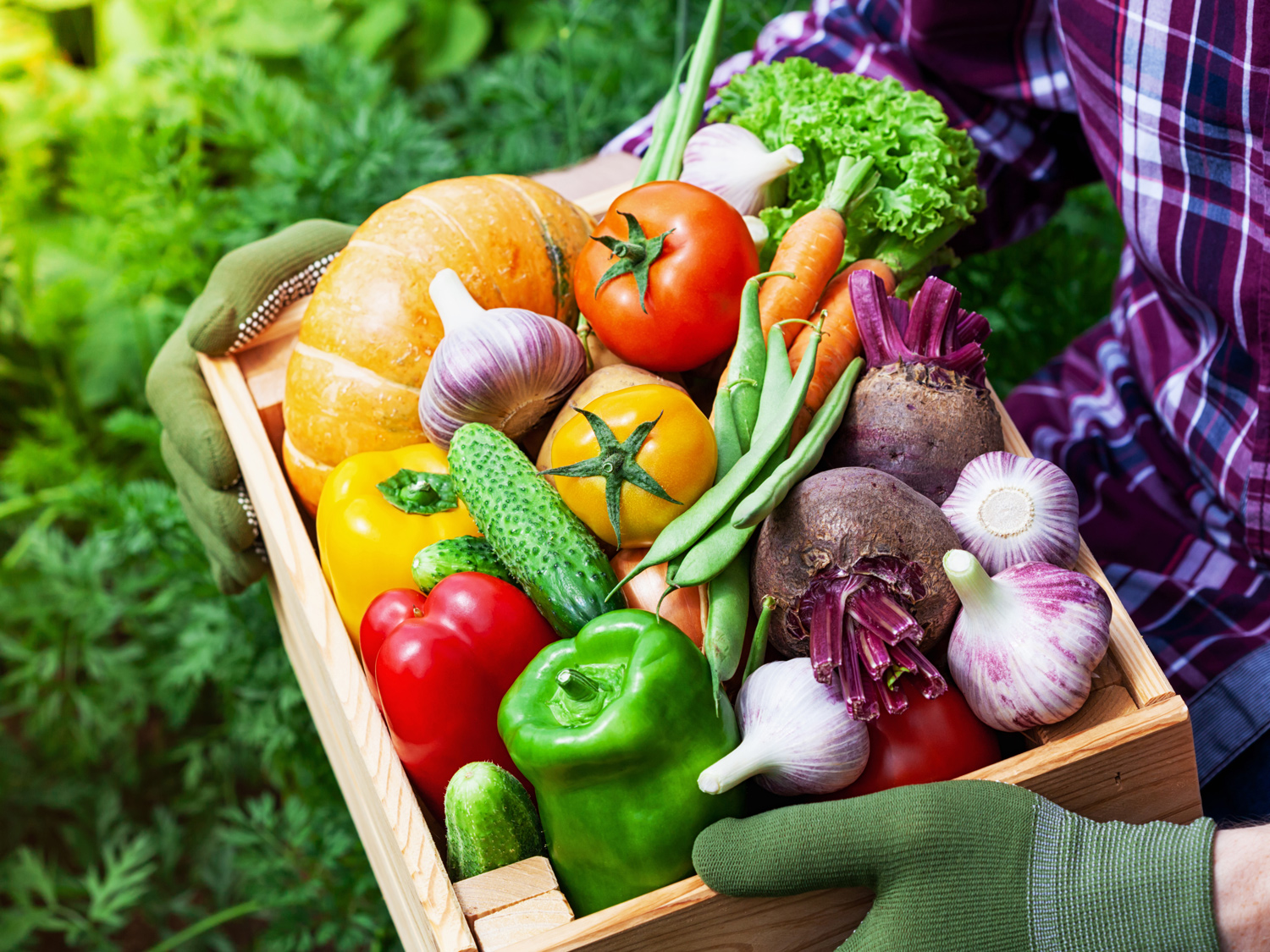Mix, Early Blooming Beekeeper's Mix, Bonus Pack, ~ 175 sqft


- Sun Preference
- Full-Sun
- Bloom Time
- Spring, Summer
Description
Seed Count: Approx. 12,925
Annual
Spring/summer bloom
Frost tender
A butterfly, bee, & hummingbird favorite!
Your garden will be abuzz with many species of bees, butterflies and other pollinators as this pretty flower mix produces an irresistible and sustained supply of nectar and pollen for feed and forage all season long. You can also cut the abundant flowers often for lovely bouquets. Made up of 21 varieties, this easy to grow blend will please both beginning and seasoned gardeners. Fun to grow with kids.
Ample seed sows approximately 175 sq. ft.
Seed Starting Successfully
Start your garden from scratch with Gertens' wide variety of seed packets! Whether you're a seasoned gardener or just starting out, we have seeds for every skill level and garden size. From colorful flowers to delicious vegetables, our seeds are carefully selected for their quality and performance.
Details
Cold Winters: April – May
Mild Winters: March – May
Sun/Shade: Full sun
Sow Seeds: Scatter thinly, Cover lightly
Days To Germinate: 7 – 14 days
Mature Height: 1 – 4 feet
BEST TO START DIRECTLY OUTDOORS
In early spring, after all danger of frost is past, plant in a well-prepared garden bed in full sun. Shake packet to mix. Scatter the seed thinly and evenly over finely worked soil, aiming to have the seeds about an inch or so apart. Cover lightly, about 1/4 inch deep, and gently firm the soil over the seeds – a rake is handy for this step.
Water thoroughly and evenly with a very gentle spray. Keep the seed bed moist while awaiting germination and while flowers are actively growing for the most blossoms. The many flower varieties in this pretty mix will grow and bloom in succession throughout late spring and summer.
Contains:
Ammi majus
Calendula officinalis
Centaurea Collinsia
Coreopsis tinctoria dwarf
Cosmos bipinnatus dwarf
Dimorphotheca aurantiaca
Dracocephalum moldavica
Eschscholzia californica
Gilia capitata
Godetia grandiflora
Gypsophila elegans
Iberis umbellatum
Layia platyglossa
Linum rubrum
Malcolmia maritima
Nemophila insignis
Papaver rhoeas
Rudbeckia hirta
Salvia horminum
Saponaria vaccaria rosea
Silene armeria.
More Information
| Brand | Renee's Garden |
|---|---|
| Seed Packet Type | Value Packs |
| Common Family Name | Assortment/Mix |
| Sun Preference | Full-Sun |
| Deer Resistant | No |
| Bloom Time | Spring, Summer |
| Plant Life Cycle | Annual |
| Mature Height (Range) | 13" - 24", 25" - 36", 37" - 48" |
| Planting Depth | Scatter thinly, Cover lightly |
| Days to Germination | 7-14 days |


